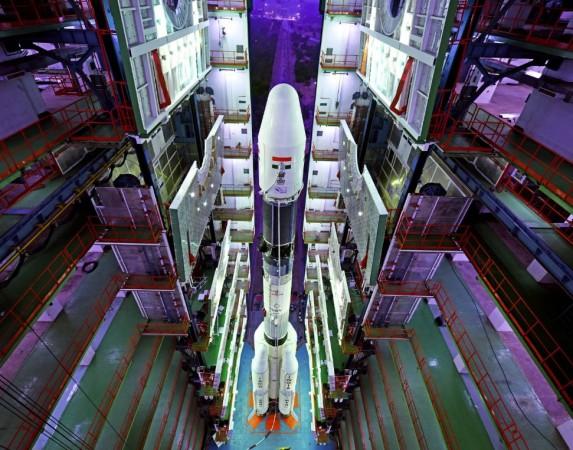
With an eye on manned space missions in the future, the Indian Space Research Organisation (ISRO) carried out the first in a series of tests to qualify a crew escape system.
In a statement, the organisation said that the crew escape system is a critical technology for human spaceflight. "The crew escape system is an emergency escape measure designed to quickly pull the crew module along with the astronauts to a safe distance from the launch vehicle in the event of a launch abort."
"The first test (Pad Abort Test) demonstrated the safe recovery of the crew module in case of any exigency at the launch pad," ISRO added.
According to ISRO, the five-hour countdown was smooth. The crew escape system along with the simulated crew module with a mass of 12.6 tonnes, lifted off at 7 a.m. at the Satish Dhawan Space Centre in Sriharikota in Andhra Pradesh.
The test was over in 259 seconds, during which the crew escape system along with crew module soared skyward, then arced out over the Bay of Bengal and floated back to Earth under its parachutes about 2.9 km from Sriharikota.
The crew module reached an altitude of nearly 2.7 km under the power of its seven specifically designed quick acting solid motors to take away the crew module to a safe distance without exceeding the safe g-levels. Nearly 300 sensors recorded various mission performance parameters during the test flight.
Three recovery boats are being used to retrieve the module as part of the recovery protocol.
Human spaceflight has become a critical area for space programmes all over the world. Elon Musk's SpaceX is also testing a crew system and even publicly unveiled its design for astronaut's spacesuits. Jeff Bezos' BlueOrigin has also been testing crew models with an eye on commercial space flight, a programme originally made famous by Richard Branson's Virgin Galactic which is also testing commercial space flight for over five years.
[With inputs from IANS]








